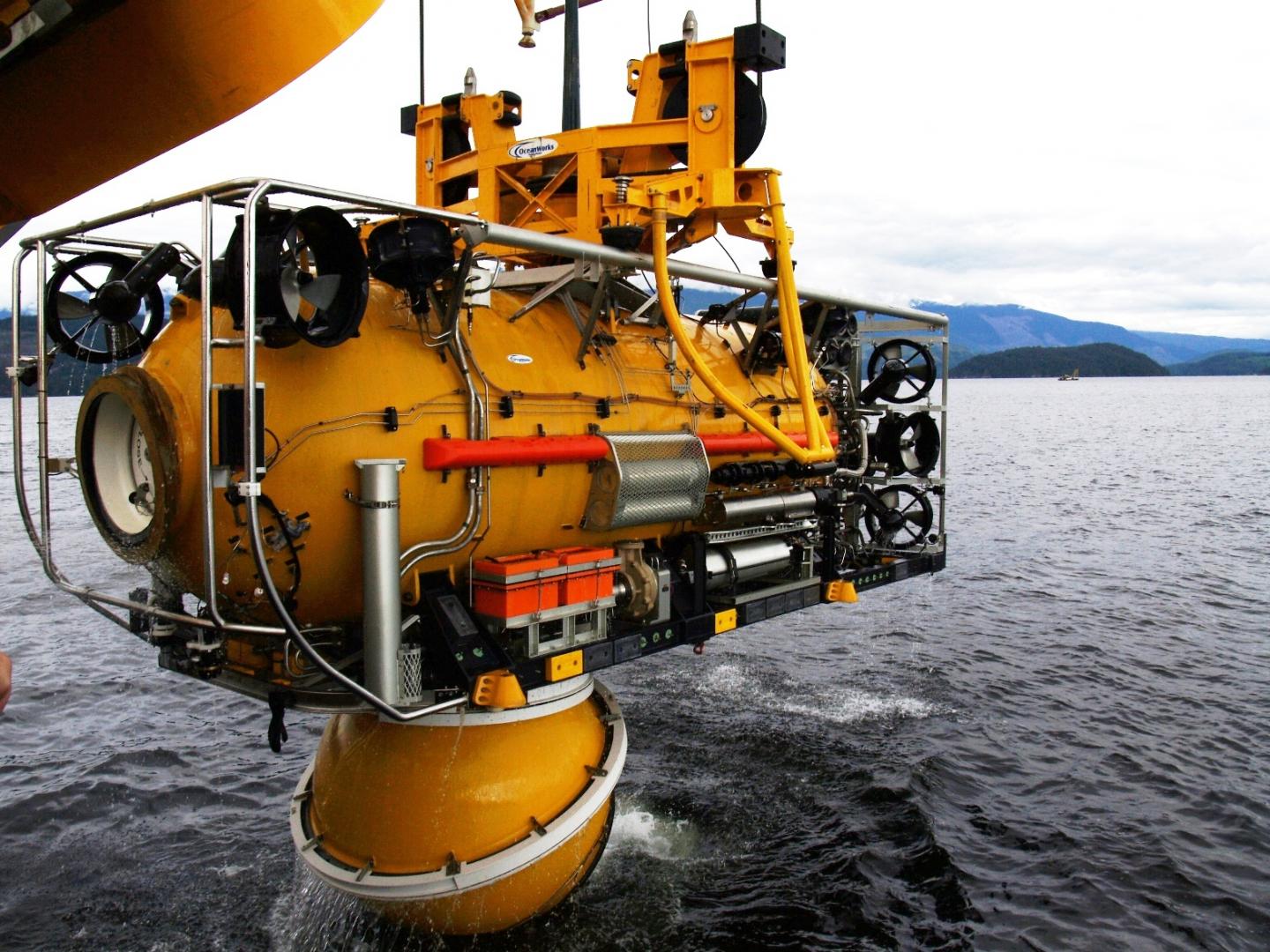Vessels will be designed for rapid rescue of sailors aboard disabled submarines

Credit: Phoenix International Holdings
SAN ANTONIO — April 30, 2019 — Southwest Research Institute is designing and supporting the building of a state-of-the-art remotely operated rescue vehicle as part of a $7.7 million project for the Royal Australian Navy (RAN). The system will feature a shallow and a deep water vehicle designed to connect with disabled submarines (DISSUB) to allow for the rescue of people trapped on board. They will be among a handful of remotely operated air-transportable submarine rescue systems in the world.
The first remotely operated submarine rescue vehicle was developed in the early 2000s, in the wake of the Kursk submarine accident, when a Russian nuclear submarine disabled by a sudden internal torpedo explosion sank in the Arctic Ocean. Difficulty locating the sub and inability to connect a rescue submersible to the escape hatch of the Kursk resulted in the death of more than 100 Russian sailors.
The project is in support of the SEA1354 Phase 1 Submarine Escape, Rescue and Abandonment System and a collaboration with Phoenix International in addition to multiple subcontractors in Australia.
Matt James, program manager in SwRI’s Marine and Offshore Systems section, will lead a team of engineers to design the hull for the remotely operated rescue vehicle (RORV) for deep water rescue, which has a capacity of 12 evacuees plus two crewmembers. SwRI is designing and fabricating uniquely dexterous transfer skirts for both the deep water RORV and the shallow water vehicle. Submarines contain a small compartment known as an escape trunk, to escape a DISSUB. The transfer skirt is a rotating apparatus on the rescue vehicle that attaches to the hatch of the escape trunk.
“The deep water RORV will reach depths up to 600 meters,” James said. “The shallow water rescue vehicle will operate up to 80 meters. The U.S. Navy submarine rescue vehicle has a transfer skirt that can rotate 45 degrees, but the RAN vehicles will rotate up to 60 degrees, giving them increased flexibility.”
A main concern in deep water rescues is decompression sickness, a potentially debilitating illness that can arise from depressurizing too quickly. If a person transitions too quickly between pressurized states, dissolved gases can come out of solution, forming bubbles that move throughout the body, causing joint pain, paralysis and even death.
“The deep water RORV will be pressurized to match the pressure of the disabled submarine,” James said. “This allows for a rescued person to transfer to a decompression chamber when they reach the surface and avoid the risk of decompression sickness.”
The rescue system will be transportable via aircraft and will launch from ships, mobilizing within hours of an incident. While they will primarily serve Australia’s navy, the system will also be capable of supporting other submarine operating nations by means of the NATO standard escape hatch.
For more information, visit https:/
###
Media Contact
Joanna Carver
[email protected]
Original Source
https:/



